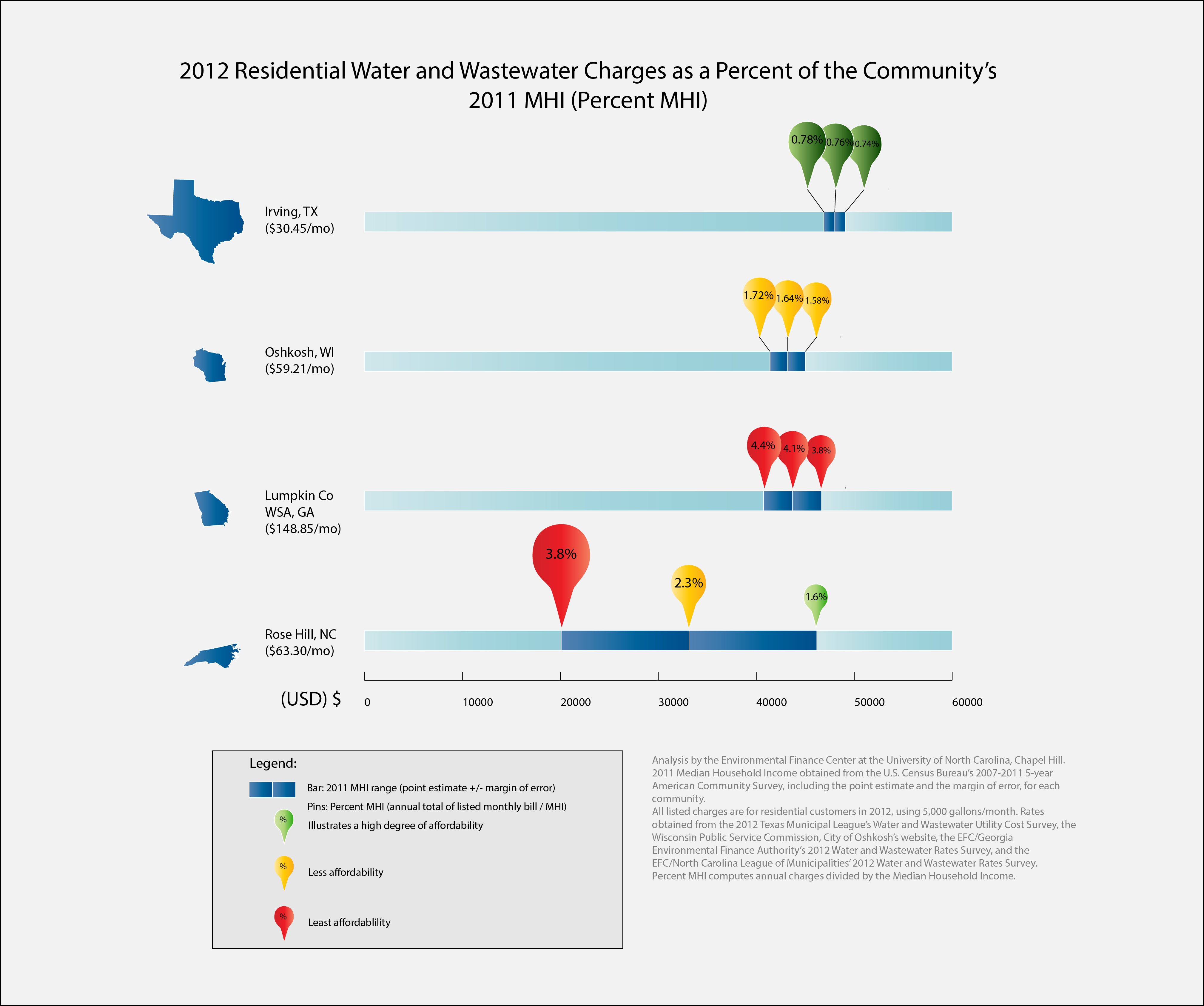Glenn Barnes is senior project director with the Environmental Finance Center based at the University of North Carolina at Chapel Hill. He is the co-director of the Smart Management for Small Water Systems Project.
For the past year, the Environmental Finance Center at UNC has partnered with its sister Environmental Finance Centers around the country on the Smart Management for Small Water Systems project—an EPA-funded effort to provide training and technical assistance to drinking water systems nationally that serve 10,000 or fewer customers. Of the more than 50,000 community water systems in the United States (those that provide drinking water to people where they live), about 91 percent of them serve 10,000 or fewer customers, according to SDWIS data.
Many of these community water systems are operated by local governments. But a sizable percentage of the systems are operated by non-governmental entities such as homeowner associations and mobile home parks. All small systems face challenges, from dis-economies of scale when keeping up with capital needs and regulatory compliance to issues retaining qualified operators. When providing water service is not the water system’s primary business, however, the challenges are greater. Continue reading



